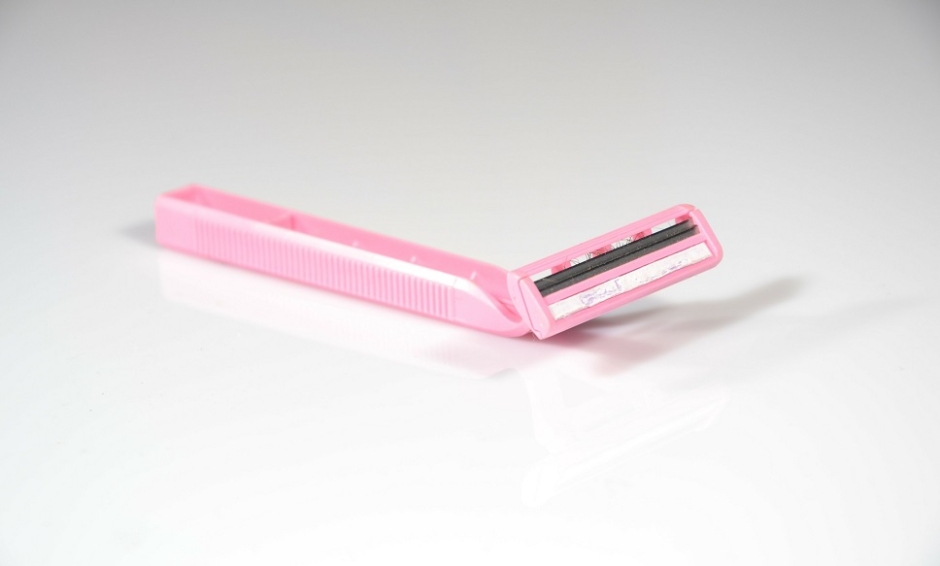PUBIC HAIR grooming has been linked to sexually transmitted infections (STIs) according to the findings of a new study, leading researchers to suggest how this insight might be useful for clinicians to reduce the risk of infections in patients.
Scientists found that ever having groomed pubic hair has a positive association with STIs such as herpes and syphilis. This association was found to be even stronger for ‘extreme groomers’ who remove all pubic hair >11 times per year. The team note that grooming may serve as a marker of increased risk and so a better understanding of this association could help to develop preventive strategies to reduce STI rates.
Led by Dr Benjamin Breyer, Chief of Urology, San Francisco General Hospital, San Francisco, California, USA, the team conducted a probability survey of USA residents aged between 18 and 65 years. From its 7,580 respondents (56% men, 44% women), the team looked at self-reported pubic hair grooming practices, sexual behaviours, and STI history, with 7,470 respondents also reporting having at least one lifetime sexual partner.
The results of the survey showed most participants (74%) reported a history of pubic hair grooming (66% of men, 84% of women). On average, groomers had a higher number of lifetime sexual partners (mean: 16.5, standard deviation [SD]: 60.1) compared to those who had never groomed (mean: 13.8, SD: 52.3). Extreme groomers (n=922) had the highest average number of lifetime partners (mean: 22.1, SD: 75.6).
A history of STIs was reported by 943 participants (13%), with a greater proportion of groomers (n=784, 14%) than non-groomers (n=159, 8%). Rates of cutaneous STIs such as herpes, syphilis, and human papillomavirus (HPV) was also higher among groomers (3%, 1.3%, 3%, respectively). This is compared to non-groomers where the rate of herpes, syphilis, and HPV was reported at 1%, 0.7%, 1%, respectively. For extreme groomers, the rates were measured at 4%, 1%, and 6%, respectively.
Future studies are needed to better understand the correlation between STIs and pubic hair grooming. However, researchers suggest that these findings could prompt clinicians to inquire about safer sex practices if evidence of grooming is seen on physical examination.
Jack Redden, Reporter








